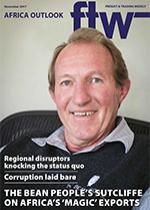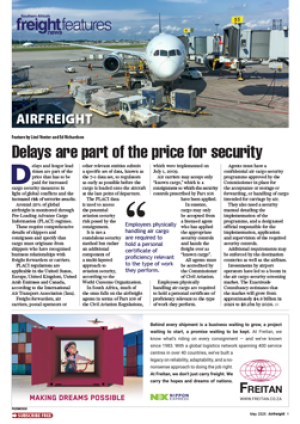Röhlig-Grindrod Logistics has made headway in its African expansion drive, with plans to expand its new super-link fleet – currently operating between Johannesburg and Maputo twice weekly – to service Botswana and Namibia in the “very near future”. Eugene Duvenage, air export and Africa development manager for Röhlig-Grindrod Logistics, told FTW that the company’s recently launched cross-border service offered a full spectrum of trucking solutions – from one kilogram consolidations to full super-link loads. “This makes sense on the back of the regular full truck loads we run cross-border for our existing customers.” He said the company had made its Africa expansion a priority over the past years and now offered its own offices in Namibia and Mozambique, with a cross-border staff complement of over 50 people. “The cross-border staff are all locally appointed, in line with our corporate development and empowerment strategy,” Duvenage pointed out. According to him, the continent continues to offer “vast and diverse opportunities”, but he said that these opportunities came with high risk, necessitating a staged approach when expanding into Africa. “The main opportunities remain in the mining sector, but we have seen a steady upward trend in FMCG products cross-border and beyond. The manufacturing sector has also shown some new movement with many manufacturing operations emerging, making use of the opportunities Agoa presents,” said Duvenage. He added that Kenya had been showing great potential for further growth for the company over the past few years and was likely to continue to grow. “We have identified strong key strategic partners in the region with whom we have built strong relationships.” Duvenage further pointed out that Zambia had always been a good investment and the Copperbelt remained a “very lucrative area to do business in”, noting that RöhligGrindrod was exploring some “very specific strategic partnerships in this area”. He said that while the company still saw South Africa as the trade and logistics gateway into subSaharan Africa, it had to be noted that the Walvis Bay/Trans-Kalahari corridor was gaining traction and it would become a strong competitor in years to come.

